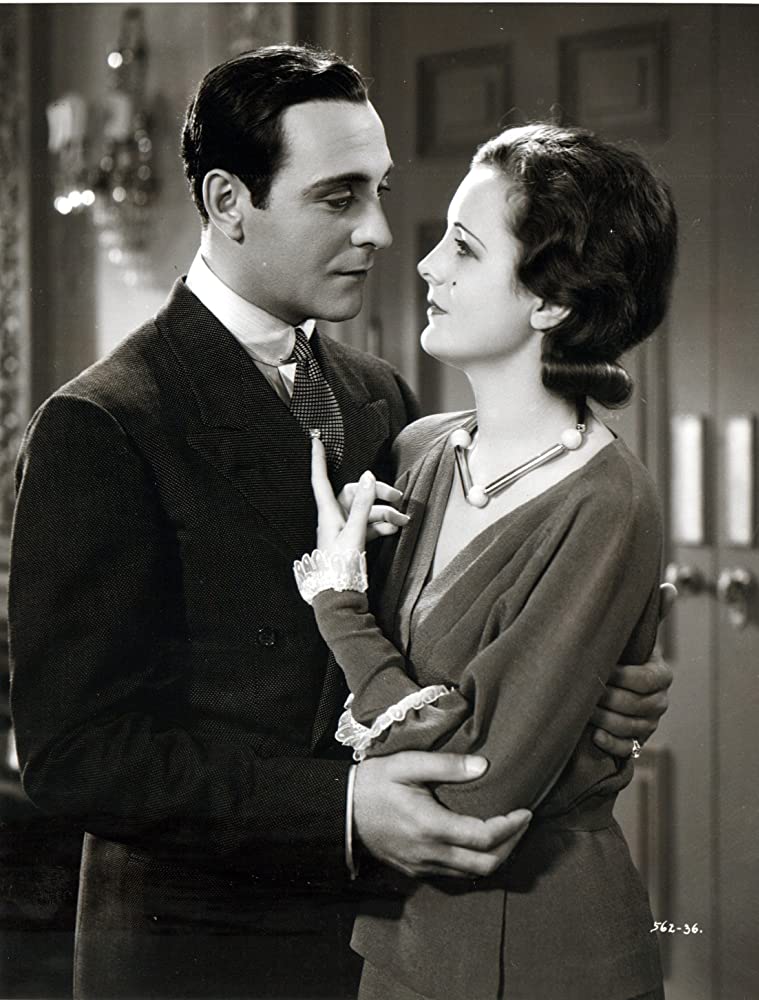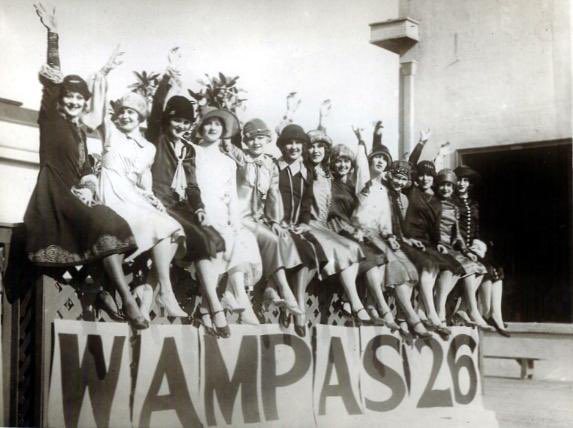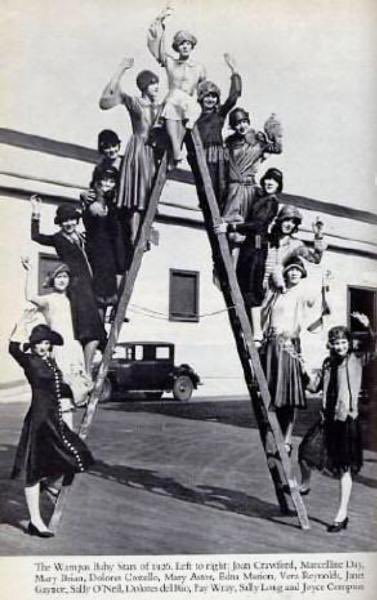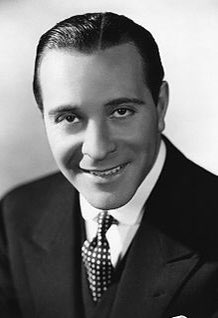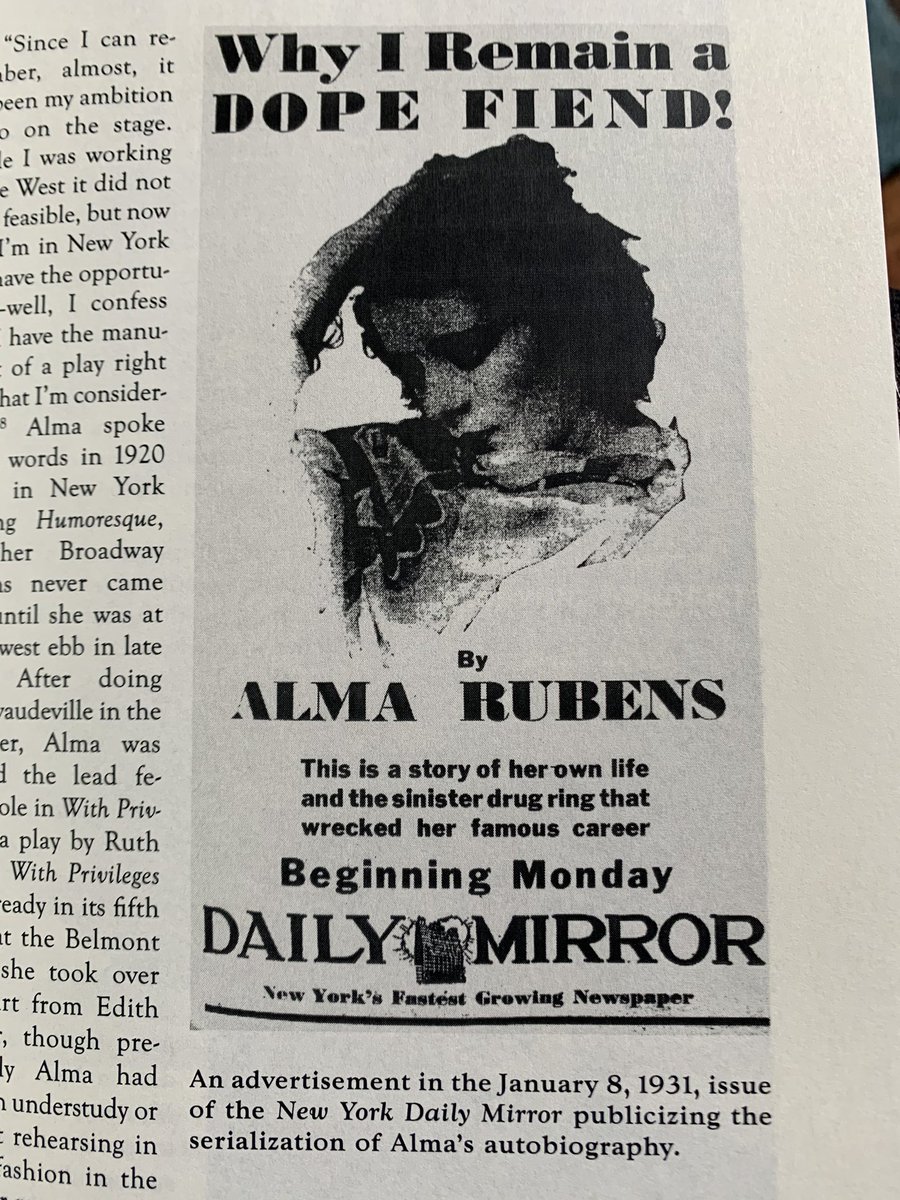Let's watch Men of Chance (1931) starring Mary Astor, Ricardo Cortez, Kitty Kelly, John Halliday.
Tag line: 'Three Great Stars in Drama of Woman Against the World'.
https://ok.ru/video/1175181724340
Tag line: 'Three Great Stars in Drama of Woman Against the World'.
https://ok.ru/video/1175181724340
Mary had parents from hell. Her father decided when she was fourteen that she was his meal ticket. Mary entered Motion Picture magazine’s contest looking for beauties for the pictures but didn’t win. The family spent three years in Chicago then moved to NYC.
During a screen test in NYC, she met artist Charles Albin who saw a ‘Madonna quality’ in Mary and hired her as his model. Albin introduced Mary to Lillian Gish (Mary’s idol) who arranged a screen test for Mary with DW Griffith.
Lillian Gish applied Mary’s makeup, loaned her some clothes, and coached her through her screen test. Griffith did not sign Mary. Year later, Lillian admitted the real reason why to Mary. Griffith said of Mary’s father ‘the man is a walking cash register’.
Famous Players-Lasky studio in Astoria, the publicity team changed her name from Lucile Langhanke to Mary Astor.
In 1923, she signed a one-year contract at $500 a week. She landed in Hollywood with her mother two weeks before Mary turned 17.
In 1923, she signed a one-year contract at $500 a week. She landed in Hollywood with her mother two weeks before Mary turned 17.
I can never get enough of a hungry dame down on her luck in Depression-era pictures. An empty stomach makes a woman onscreen instantly relatable and sympathetic for an audience. Is there anything more terrible than scrounging for food? How will she get what she needs?
Mary Astor in a beret and speaking French brings me life!
A woman living in a man's world has to depend on men for a meal and when she does, she's pinched for being a sex worker.
John Barrymore requested Mary to play his leading lady in Beau Brummel. He had seen her picture in a magazine with the caption ‘On the brink of womanhood’. He charmed her parents into letting him give her private 'acting lessons'. Yep, she lost her virginity to 40 yr old Jack
John Halliday’s bargain might sound familiar. You’ve heard the same proposition during Dorothy Arzner’s The Bride Wore Red (1937) with Joan Crawford. Halliday tells Mary that the trouble with girls like her is they need glitter.
Mary has to fight for every crust of bread.
Mary has to fight for every crust of bread.
Mary Astor was one of the WAMPAS Baby Stars of 1926 with Joan Crawford, Dolores del Rio,Janet Gaynor, and Fay Wray.
Mary’s 1928 marriage to director Ken Hawks (brother of Howard) was one way to gain freedom from her awful parents. Unfortunately, Ken was a cold fish. Their sex life was non-existent. Mary began an affair with Russell Bradbury, an executive in Fox.
Mary had a friend who wanted to hook up with a big realtor in Hollywood. Mary aided their trysts, even letting them use her house in the afternoons. But Mary didn’t expect the realtor to make a pass at her, which she refused. The realtor went further and blackmailed Mary.
The realtor went further and blackmailed Mary, saying that he had a file with pictures and details of her affair with Russell Bradbury. Mary was furious and called the man’s bluff. She rang her husband Ken. She told him the realtor had something he wanted to say to him.
The realtor changed his tune by the time Ken arrived. This story gives an early indication of the fortitude that Mary would exhibit when her second husband dragged her name through the mud after he stole her diary and used it against her in a custody battle in 1936.
Mary’s marriage to Ken was short-lived. He died in a mid-air collision while filming a picture in 1930. While she grieved, Mary was unable to work. She suffered drastic weight loss.
She had no money. Their house was sold to pay back taxes. Ken had lost his money in Wall St
She had no money. Their house was sold to pay back taxes. Ken had lost his money in Wall St
In 1931, Mary had been in pictures for a decade and had little to show for it. Meanwhile, her parents lived in a mansion, with two cars, and three servants. Her parents did not work and constantly asked for money. She decided to cut them off. She told them to sell the house.
One day a reporter rang to ask for Mary’s comment on the lawsuit her parents filed. That was news to Mary. They were suing her! One newspaper ran a picture of her father standing on the bridge over the huge pool he had just put in. The caption: ‘Down to their last swimming pool’
When Mary was initially given a sound test for the new era of ‘talkies’, they decided that her voice was too deep. More than likely, the equipment was improperly calibrated. After she was a hit on the stage, she was in talkies with a voice billed 'low and vibrant'.
Mary distinguished her early talkies between ‘Who am I playing’ versus ‘What did I do?’ The former referred to developed characters in good roles such as Holiday (1930). The latter were ‘reaction characters’ where she just rocked a cradle, knitted, or answered the phone.
1931 was an important year for Mary. She made 7 pictures for RKO and Warner Brothers. Reviews and box office returns were strong. When she developed a rash that was probably stress-related, her friend Lee Tracy sent her to his doctor—Franklyn Thorpe (dun-dun-dun).
His plan for recovery had Mary consume 8 pints of milk a day. Mary rested and recovered and unfortunately fell for Thorpe’s charms. Mary took the plunge with Thorpe and married him in 1931. Thorpe had an explosive temper and a habit of spending her money, just like her father.
On holiday alone in New York in 1932, she met George S. Kaufman, the playwright who would was a great wit but also a great lover. He’s the man she wrote about in her diary that filled so many headlines during the ‘purple diary’ scandal of 1936. Finally! Hot sex for Mary.
Mary Astor made six pictures with Ricardo Cortez.
He real name was Jacob Krantz, but he changed it to take advantage of the Latin craze ushered in by Valentino, just like George Raft did. His brother Stanley, a cinematographer, also changed his surname to Cortez.
He real name was Jacob Krantz, but he changed it to take advantage of the Latin craze ushered in by Valentino, just like George Raft did. His brother Stanley, a cinematographer, also changed his surname to Cortez.
In 1926, Ricardo married to Alma Rubens, a silent film star. In the same year he was married, his career took off starring next to Garbo in Torrent. Alma had been a big star in 1920. By 1927, she had been hospitalised a number of times for cocaine addiction. They separated.
Alma published her life story in a newspaper serial in 1930 about her struggle with drugs. She needed the cash. She wrote about the horrors of being thrown in asylums. Doctors and orderlies abused her. A doctor offered her a five cent bag of candy and one cigarette for sex.
The newspaper serial of Alma’s struggle was as sensationalised as you imagine. She depicted Ricardo as cold, but are young actors equipped to help?
Once, when Alma was on a coke binge, Ricardo kept her from going to the premiere of Show Boat (1929), one of her last pictures. He by turned back all the clocks in the house. He didn't want the public to see her high as a kite. Alma died in January 1931.
Ricardo’s Johnny Silk reminds me of men who clawed their way out of poverty, whether through the rackets or show biz, and yearned for clothes and jewellery just like the sass mouth dames. I love how Mary tries to tone down his flashy jewels--usually it's women who learn this.
Wary that RKO would typecast him as a heavy, he lobbied for the role of the young Jewish doctor in Night Bell, which became Symphony of Six Million.
The front office said that Ricardo wasn’t right for the part. Ricardo paid out of pocket for a cameraman & crew to film a scene
The front office said that Ricardo wasn’t right for the part. Ricardo paid out of pocket for a cameraman & crew to film a scene
--A scene that he scripted to fit the story. They shot it in the corner of one of the sound stages. Ricardo sent it to producer David Selznick and director, Gregory La Cava.
While he waited, Ricardo filmed No One Man and Men of Chance. He got the part, btw, and rave reviews.
While he waited, Ricardo filmed No One Man and Men of Chance. He got the part, btw, and rave reviews.
See what I mean about swoon merchant? Give me a mug who wants to be a gent and listens to what a woman has to say. 'It's jake with me' is she charged $20,000 worth of gowns yay.
But here's the scene where he is the brute. He has to for the drama.
But here's the scene where he is the brute. He has to for the drama.

 Read on Twitter
Read on Twitter